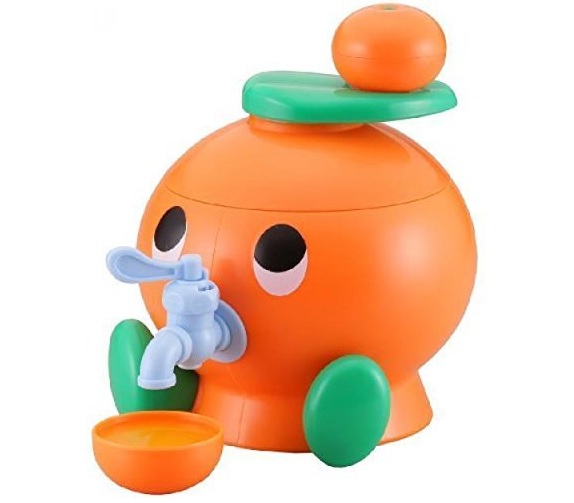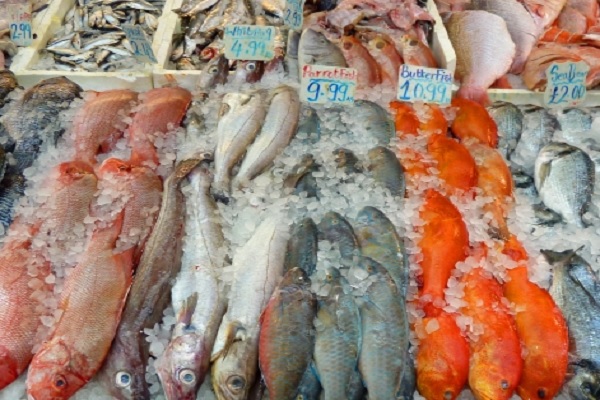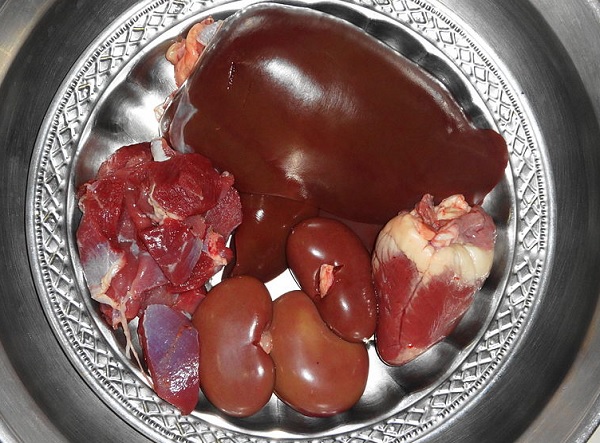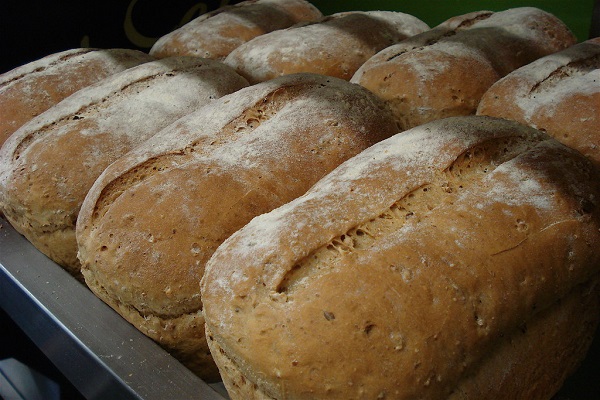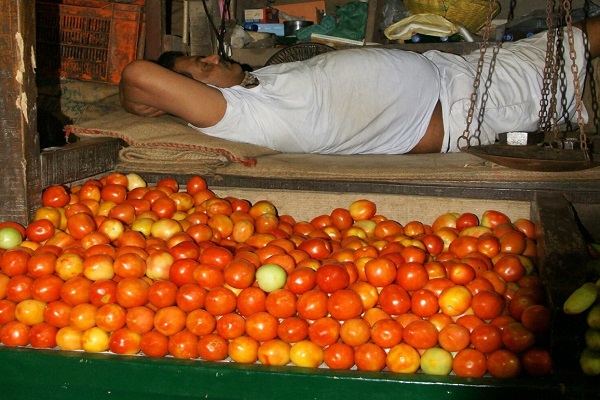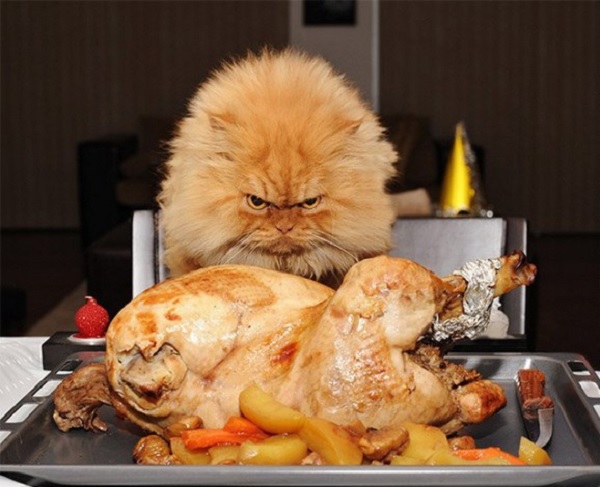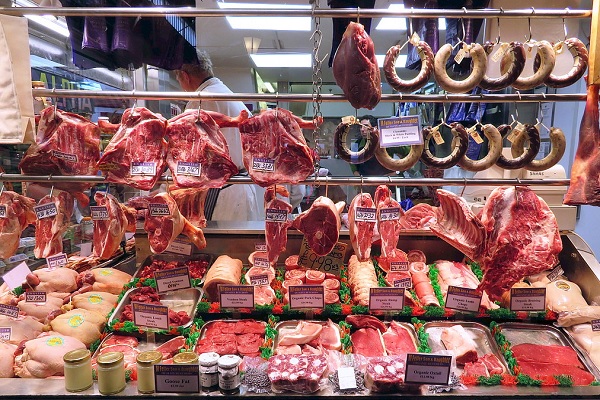
Beef, pork and poultry are the most important sources of protein for humanity. To get the most nutritional value out of your meats, you have to choose the best quality though so that you don’t end up consuming junk or spoiled meat in the guise of a high-quality protein source. It is actually very easy to differentiate between good quality meat and the alternatives if you are keen enough. You have to look at the fine details from the quality of the cuts on the meat to the colour while packaged and when it comes into contact with air. You should also avoid any meat that looks like it will pour out of the packaging at any moment. Here are 10 important things to look out for the next time you go to buy meats.
The Colour
When it comes to meat, the colours never lie and they make a huge difference between healthy meat and dangerous one. Healthy pork and poultry will always have a shiny pink-white, yellow or blue-white depending on the breed and food they ate. Don’t touch anything that looks pale, brown or green especially around the neck and edges of the cuts.
Beef and mutton should be dark red in colour. If beef looks brown or pale red, then it is not fresh and may not be healthy to eat. When cutting, you should check for any yellowing in the fat tissue as it is a sign that the meat is not fresh. Packaged beef will be purple-red in appearance but when the seal is removed, the bright cherry red will come. Any darkening or browning especially around the edges of the cuts is a clear sign of low quality.
The Cuts
The quality of meat and poultry has a lot to do with how it was handled and, in most cases, poor handling is always consistent with low quality. If the beef or poultry has jugged cuts that make it impossible to tell the quality of the grains and fibre, then you should keep off from it. Properly handled meat will have smooth and evenly sized cuts with a detailed layer of fibre whose colour and quality you can tell with a glance.
The Texture
This may sound like the kind of text you use on a soil sample but it also applies to meat. The first red flag is sliminess on the surface of meat. If you notice a watery or slimy surface, then it means the meat is starting to spoil. Fresh meat has smooth but firm surfaces with clearly visible granules. When cutting it, it should fall off the knife quickly as bread would either, there has to be some level of stickiness. This test applies to both beef and poultry meat. Meat and poultry companies use HACCP (Hazard Analysis and Critical Control Point) to carefully analyze processes used for each product they make and identify critical control points (CCP). These are the steps that the manufacturing industries follow, through which potential biological, physical, and/or chemical hazards can be controlled by evaluating them using meat test kits. This method identifies the most dangerous parts of the food manufacturing process and allows businesses to allocate resources accordingly.
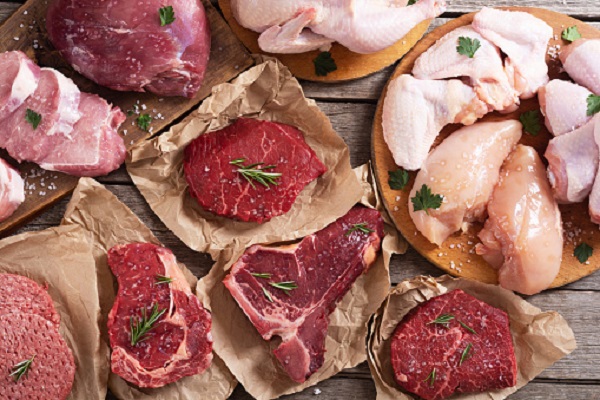
The Smell
It would be bad manners to around sniffing meat in the store or the butchery, so you will have to do this at home or on your plate if you are eating out. Fresh meat and poultry have some smell to them but it is fresh and slightly warm but in no way pungent. However, if you notice any smell when you approach the poultry or meat shelf in the store or butchery, you should move on because something is already wrong with whatever meat you get there.
The Packaging
Even when kept on a clean surface, packaged meat still needs to stay in the package to be clean and safe to eat. Many meat retailers provide home delivery services and therefore they may need to be extra careful in the delivery process. To ensure that the meat reaches the customer in good condition, businesses might choose to use custom mailer box for packaging. Doing this can help them deliver clean meat, which would eventually add up to customer satisfaction. If you notice that the meat is poorly packaged, then chances are that the handling was poor all along and that is not the safest meat to eat. Any scratches or bruising to the package used is also an indicator of poor quality. The one thing you should never tolerate is any type of dirt including blood on the packaging. Besides, many sellers use plastic polybags, which can be harmful if stored for an extended period of time. Also, as everyone is aware, they are quite harmful to the environment, which is why it is preferable to use sustainable packaging materials. Though many shopkeepers may use websites like impackedpackaging.com (Impacked is a packaging marketplace) to find and connect with sustainable packaging suppliers, many simply choose the easier solutions, endangering the health of so many people.
Sell-By Date
Refrigeration below 40 degrees only keeps poultry safe for a day or two. As for beef, land and mutton, refrigeration only makes them safe for three to five days. Freezing can extend that to a month or two but that is a different story. When selecting meat, you need to choose one whose sell-by date is furthest from the day you are purchasing because that is the freshest. If the date is close or you are buying on the stated sell-by date, then you have to cook it immediately after purchase.
The Colour Of Fat
Fat is one of the best indicators of the quality of meat. Of course, the colour has the final say for lean meat but when buying wagyu beef, you have to look for the tenderness of the fat linings which is the main indicator of quality. If the fat in the meat is watery or yellowish, then that meat has been on the shelf for longer than you would like. Any type of yellowing of fat whether in poultry or in meat that is not part of the flavour is a definite indicator of poor quality.
Go For Skinless Meat
The skin on poultry or beef is the closest you will come to junk food. Skin tissue is full of saturated fat and cholesterol and has very little nutritional value. The skin also hinders your ability to evaluate the actual state of the meat lying underneath. You should therefore buy meat that doesn’t have skin cover for the best value. The standard is different for turkey and chicken whose parts will be sold with the skin but you can use the previous measures to check the quality.
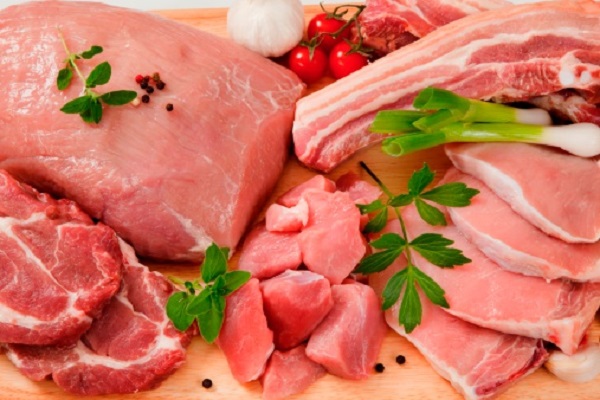
Trace It Back To Source
The conditions under which poultry, sheep or cows were bred matter a lot because they directly affect the quality and taste of meat. Now, the details on the label may not tell you everything, but they should at least tell you where and how the animal was bred. Some animal breeding areas in the world are flagged for using excessive quantities of antibiotics and harmful chemicals and sometimes, the meat somehow makes its way to stores. If the seller is confident enough to include the source of the meat on the packaging, then you can be confident enough to buy it. All of these requirements might change in a few years’ time as cultured meat might replace traditional meat. If you’re keen on learning more about this, check online for Lab meat 2022 and you may find a lot of interesting articles.
Beware of Meat Promos
It is common to find a manager’s promotion at the stores. The sad thing about most promotions is that they are not always the safest. Some stores put poultry and beef on promotions when the sell-by date or best-before date is approaching and the inventory isn’t being bought quickly enough. It is wise to be keen on the date stated on the packaging and ensure that the meat isn’t spoiled.
Do you have any other tips when it comes to buying meats? If you do why not tell us about them in the comments below.

